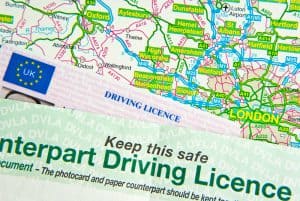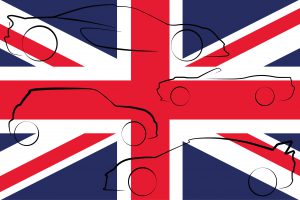UK Road Signs: 5 Vital Things to Learn for Your Theory Test
More help for you
Road signs in the UK are changing constantly, and a motorist’s knowledge can quickly end up out of date.
However, the shapes and colours used to give advanced notification can usually give drivers a good indication of what lies ahead in a matter of seconds -- even if they haven’t seen that particular sign before.
As a learner driver, the first step is to develop an understanding of how the system works. In this article, we’ll be telling you the five basics to remember -- all of which could end up emerging as a question on your theory test.
5 Basics to Remember about British Road Signs
- 1
What Shapes Signify
By and large, circular signs are used to give orders to motorists. This might be in the form of speed limits, prohibiting particular types of vehicles (such as lorries above a certain weight) from driving on a road ahead, or informing drivers that a one-way system is in place.
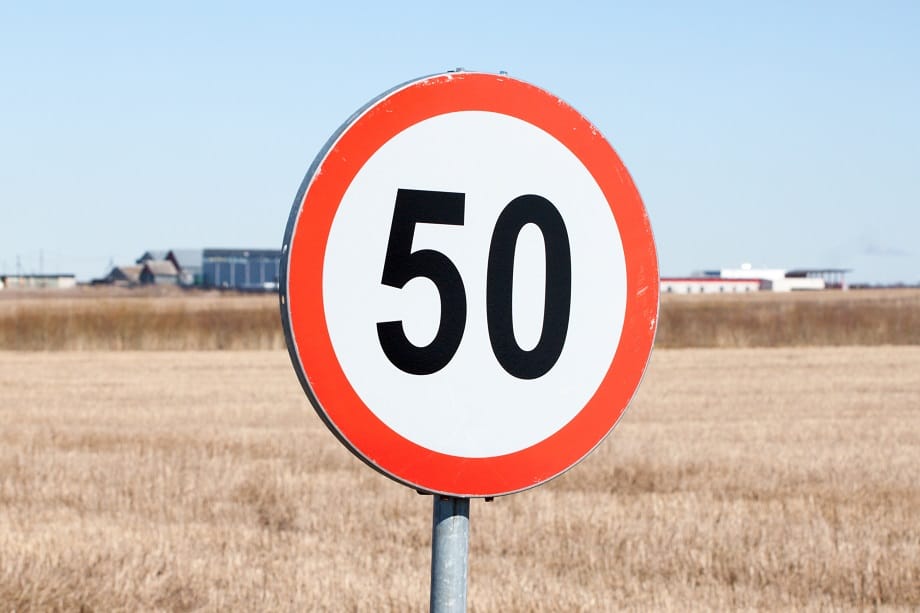
Maximum speed signs always look the same, just check the figureTriangular signs are used to warn drivers, and they will always have a red outline. Examples include telling you the distance to a line on the road where you will have to give way, information of an upcoming T-junction, or a heads-up that a steep downwards hill lays ahead.
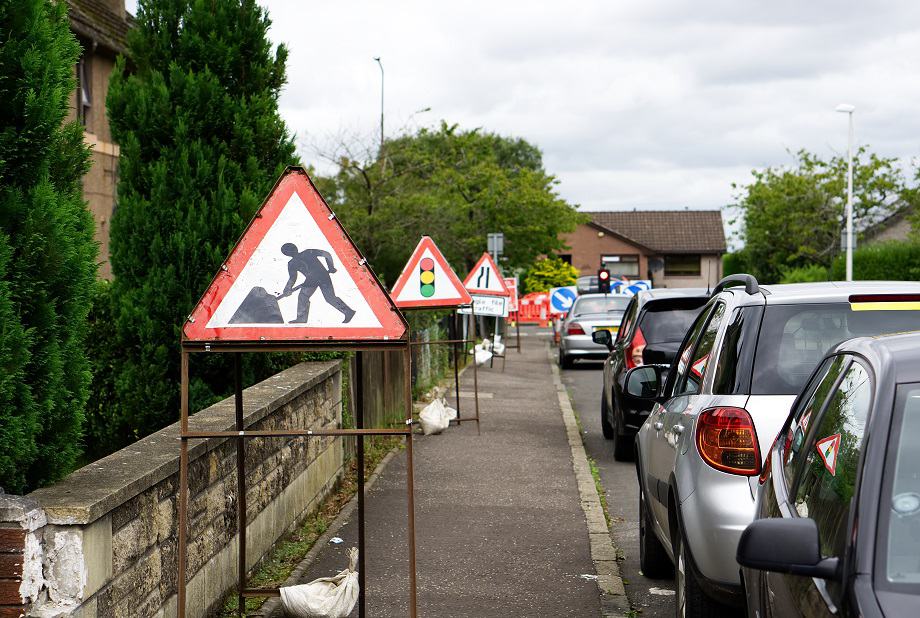
Several more typical examples include road works, traffic signals ahead and road narrow ( here on left)Finally, you have rectangular signs. These are designed to provide information which could prove useful on your journey. They could offer directions for major routes, details of upcoming junctions, the number of miles to nearby towns and cities, or an explanation of parking restrictions.
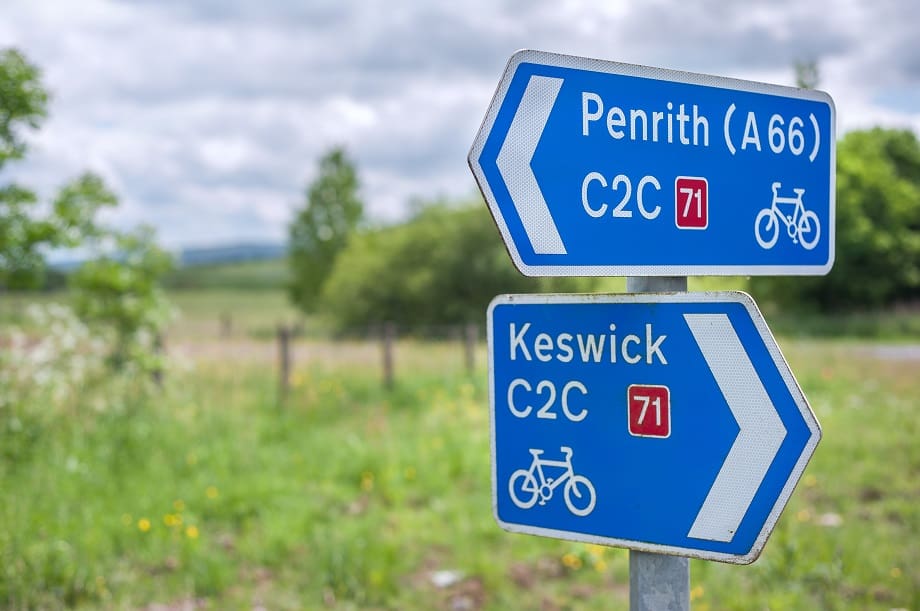
Some direction signs will have the shape of an arrow - 2
What Colours Signify
Whereas red is reserved for warnings, blue signs are typically related to motorways (there is an exception, which we’ll cover a little later in the article). A green background is used for signs on primary routes, while brown is used to alert drivers about tourist destinations. White rectangles provide directions on non-primary routes, and are also used in conjunction with warning and regulatory signs.
Yellow signs are often temporary and indicate diversions or lane closures owing to roadworks. Black signs outline the routes recommended for heavy goods vehicles.
- 3
The Difference between a Blue Circle and a Red Ring
When you see a blue circle -- it might be notifying you of a mini-roundabout, or to turn left ahead -- you should note that this is a mandatory instruction.
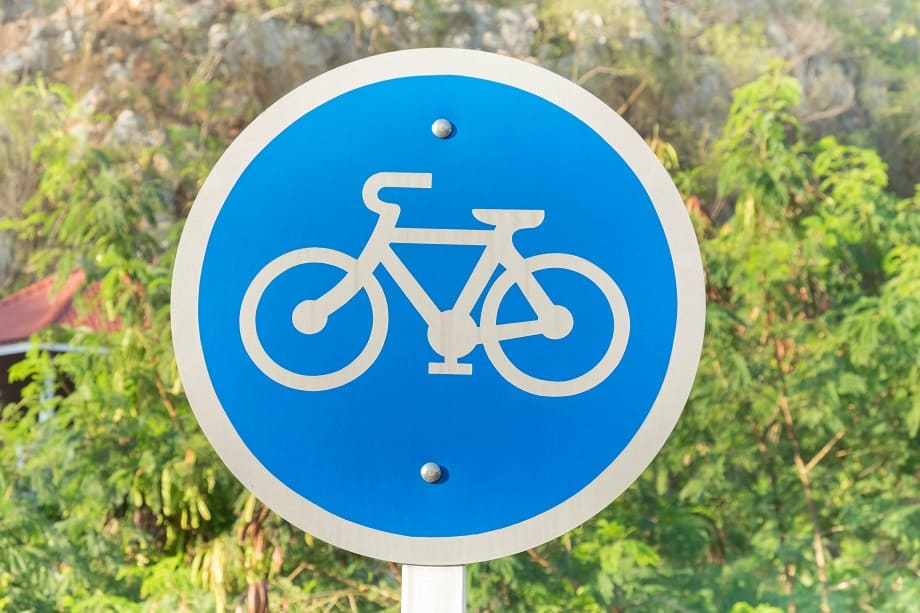
Blue circles mostly mean positive instruction while red circles generally mean prohibitionRed circles (or circles which have a red ring around them), are used to alert you to things you mustn’t do. For example, it may be warning you not to travel on a road if your vehicle exceeds a certain height or weight, or forbidding you from overtaking or making a U-turn. In some cases, red bars are placed across the sign in addition to the red circle.
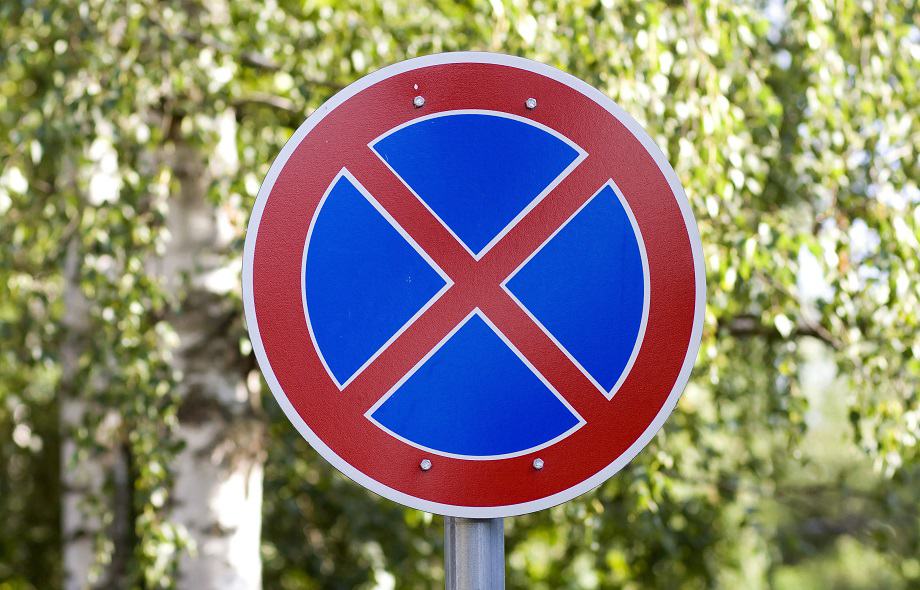
A no stopping sign has extra red bars across which stress prohibition - 4
Notable Exceptions to Shape and Colour Rules
There are a few signs which deviate from these shape and colour conventions -- and according to the Department for Transport, this is in order to give them greater prominence. The best examples of this (and the ones you’ll encounter the most), are signs telling you to stop or give way.
Stop signs have a distinctive octagon shape, while an upside down triangle with a red outline is used for give way signs.
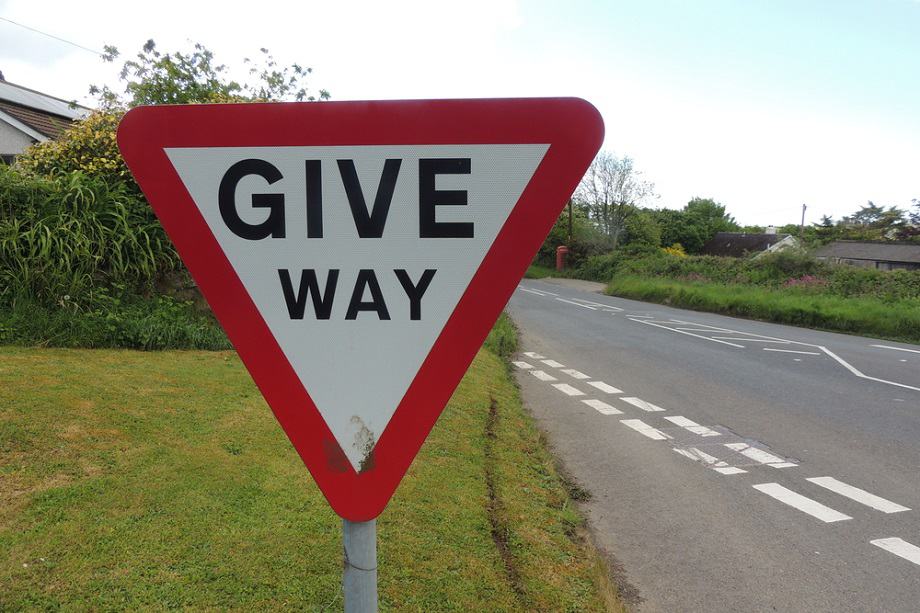
Give way to traffic on major road sign is one of the most important signs on the road - 5
How Junction Signs Work
One basic tip that will help you to glean the most information from junction signs is that the lane which has priority ahead is always indicated by the broader line. This enables you to eliminate any doubt from your driving when you’re in an unfamiliar area.
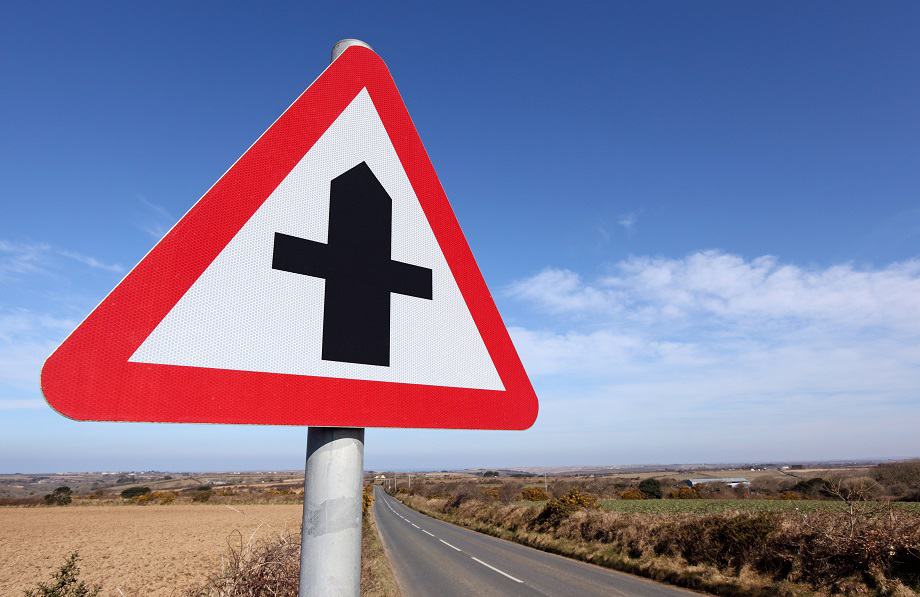
This junction signs warns you of a coming crossroads with a minor road
Now… let us see all the signs
After reading up on these five basics of road signs, let’s have a look at The Official Highway Code traffic signs page and then practice with the help of our mock test devoted to the very subject of UK road signs.
Crown Copyright. The content have been sourced from the 2024 edition of The Official Highway Code, and reproduced under the terms of the Open Government Licence. Visit https://www.gov.uk/highway-code/contents to view the latest file online.


